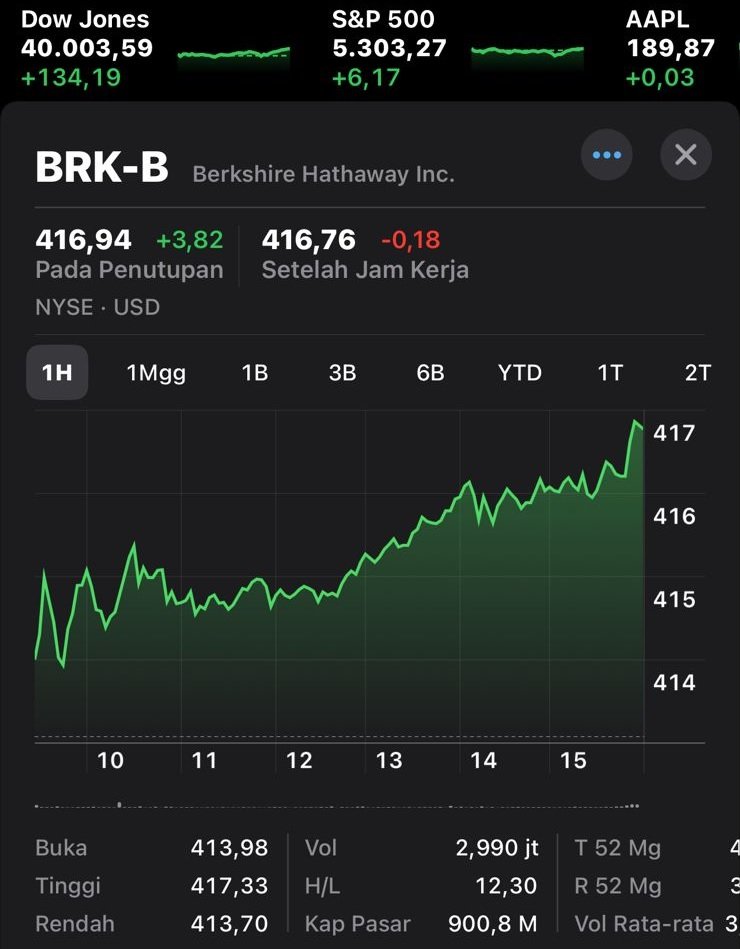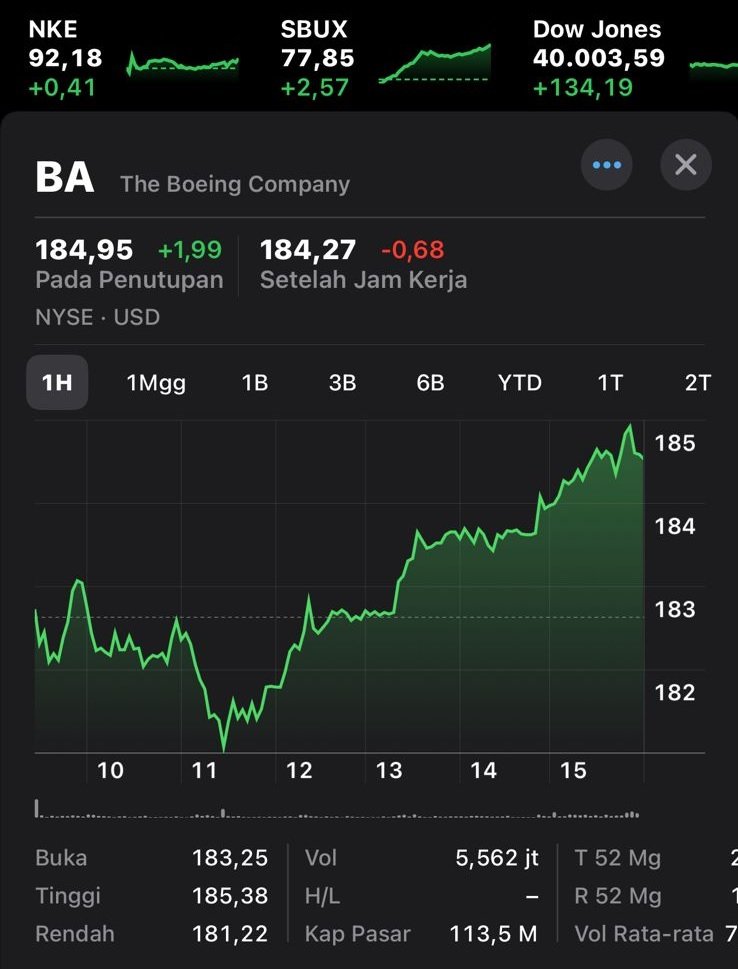In today’s rapidly developing economic environment, the concept of bifurcation, which in Indonesian is bifurcation, has received significant attention. Bifurcation or bifurcation is the division or separation of a previously united whole into two different parts. When applied to the economy, this bifurcation phenomenon indicates the emergence of striking gaps between various segments, which causes significant disparities in wealth, income and opportunities in an economy. Understanding the impact of economic bifurcation is very important for policy makers, the business sector, and even for individuals.
Economic bifurcation can be caused by many causes and factors, including:
1. Globalization, the impact of globalization on economic bifurcation includes encouraging economic integration, allowing the free flow of goods, services and capital. Although these various conditions have led to increased economic growth on a global scale, these conditions have also resulted in the concentration of wealth and power in the hands of a few people.
2. Technological advances, particularly in the areas of automation and artificial intelligence, have disrupted business and the running of traditional industries, causing certain jobs to become obsolete and creating demand for high-skilled workers. As a result, people with special skills and education benefit from these new opportunities, while those without special skills are left behind and have difficulty finding work.
3. Widening income gap. Over the past few decades, income inequality has continued to increase, with the highest income groups experiencing disproportionate growth in wealth compared to other groups. This gap is often caused by a variety of factors, including tax policies that currently favor the rich, declining levels of labor unions, and the erosion of social safety nets. As a result, the rich are getting richer, while the middle class is struggling to keep up with the rising incomes of the rich. On the other hand, low-income communities face major obstacles in upward mobility.
The Impact of Bifurcation on Society.
The impact of economic bifurcation on society is diverse and very broad. One of the most obvious impacts is the worsening or increasing social inequality. As the wealth gap widens, individuals and communities at the bottom of the economy face many challenges. The general public’s access to quality education, health services and housing is becoming increasingly limited, thus perpetuating the cycle of poverty and inequality. This condition not only hinders social mobility but also causes social unrest and political instability in the country.
In addition, economic divisions have a major impact on social cohesion in a society. When the majority of society feels left behind, distrust and hatred arises towards those who benefit from economic inequality. This condition can cause social fragmentation, polarization, and damage to social ties in society. Therefore, bridging gaps and encouraging social inclusiveness is a must to maintain a harmonious and cohesive society and avoid bifurcation.
The Effect of Bifurcation on the Business and Industrial Sectors.
The impact of economic bifurcation does not only impact society, but also impacts the world of business and industry. For companies, understanding and adapting to changes in the economic environment is very important for the survival and growth of the company’s business. In a bifurcated economy, consumer behavior and preferences are shaped by disparities in wealth and income in the economy.
High-end luxury brands catering to the affluent segment of society are experiencing steady growth, while companies targeting the middle and low income groups are having difficulty maintaining profitability in their businesses. This requires recalibrating business strategies and developing innovative approaches to meet the changing dynamics of consumer demand in a bifurcating economy.
The industrial sector is also experiencing significant changes, as are employment patterns and skills needs due to economic bifurcation. As technology advances, automation and artificial intelligence are replacing certain manual jobs, causing a decrease in demand for low-skilled workers.
On the other hand, industrial sectors that require special skills and expertise are actually growing rapidly and experiencing increased demand. The challenge lies in ensuring that individuals have access to the resources and opportunities necessary to acquire the specific skills they need, thereby reducing the risk of unemployment and social exclusion.
Bifurcation as an Opportunity and a Challenge
Although bifurcation is often associated with uncertainty and complexity, in some contexts this phenomenon can also be considered an opportunity for innovation and new developments. When a system bifurcates, opportunities open up to explore new paths, design new strategies, and create innovative solutions.
However, to manage bifurcation wisely, a deep understanding of the factors that trigger these changes is required. Prudence in determining critical parameters and continuous monitoring of system dynamics can help societies and organizations better deal with bifurcation.
Impact of Bifurcation on Dynamic Equilibrium
The importance of bifurcation in system evolution emphasizes that dynamic equilibrium can be achieved through transformation and change. In exploring the path of bifurcation, societies and organizations have the opportunity to discover new ways to develop and adapt to an ever-changing environment.
Overall, bifurcation is a concept that reflects the complexity and evolutionary dynamics of a system. From physics and mathematics to economics and society, bifurcations create turning points that change the path of development. For those who are wise in managing and understanding its impacts, bifurcation can be a driver of innovation and growth, forming an adaptive and dynamic society.












